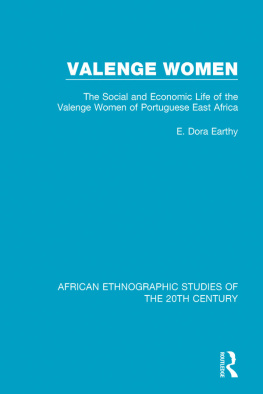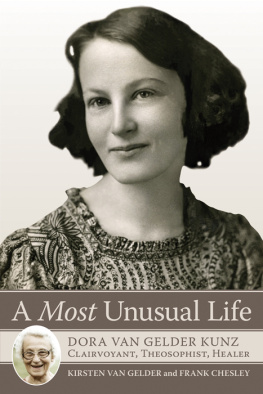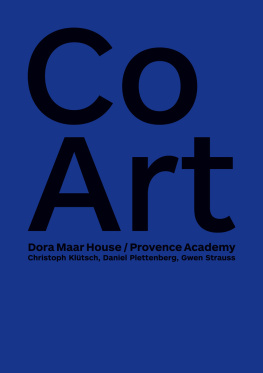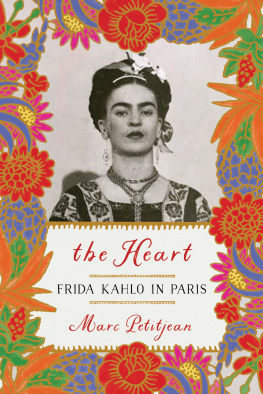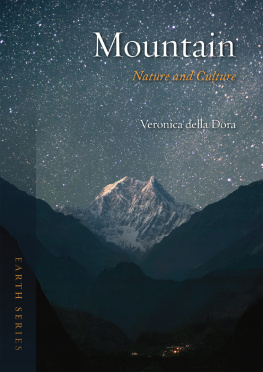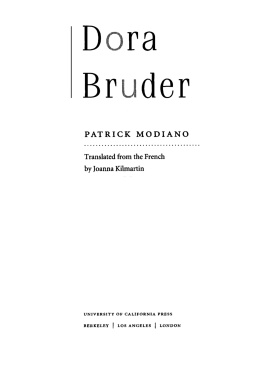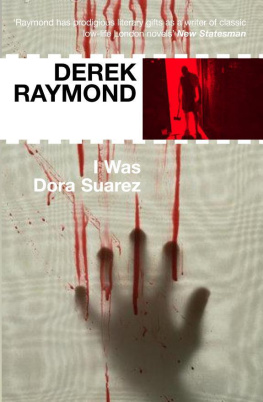Contents
Guide
Page List

FINDING
Dora Maar
FINDING
Dora Maar
AN ARTIST, AN ADDRESS BOOK, A LIFE
BRIGITTE BENKEMOUN
TRANSLATED FROM THE FRENCH BY JODY GLADDING
GETTY PUBLICATIONS
LOS ANGELES
English translation 2020 J. Paul Getty Trust
First published in the United States of America by Getty Publications, Los Angeles
Getty Publications
1200 Getty Center Drive, Suite 500
Los Angeles, California 90049-1682
www.getty.edu/publications
Rachel Barth and Beatrice Hohenegger, Project Editors
Lindsey Westbrook, Manuscript Editor
Catherine Lorenz, Designer
Michelle Woo Deemer and Amita Molloy, Production
Kelly Peyton, Image and Rights Acquisition
Distributed in the United States and Canada by the University of Chicago Press
Distributed outside the United States and Canada by Yale University Press, London
Printed in the United States
Library of Congress Cataloging-in-Publication Data
Names: Benkemoun, Brigitte, 1959 author. | Gladding, Jody, 1955 translator. | Getty Publications, publisher.
Title: Finding Dora Maar : an artist, an address book, a life / Brigitte Benkemoun ; translated from the French by Jody Gladding.
Other titles: Je suis le carnet de Dora Maar. English
Description: Los Angeles : Getty Publications, [2020] | Includes bibliographical references. | Summary: A found address book leads to discoveries about the private life and world of the enigmatic artist Dora MaarProvided by publisher.
Identifiers: LCCN 2020001242 (print) | LCCN 2020001243 (ebook) | ISBN 9781606066591 (paperback) | ISBN 9781606066607 (ebook)
Subjects: LCSH: Maar, Dora. | Maar, DoraFriends and associates. | Paris (France)Intellectual life20th century.
Classification: LCC N6853.M118 B4613 2020 (print) | LCC N6853.M118 (ebook) | DDC 709.2dc23
LC record available at https://lccn.loc.gov/2020001242
LC ebook record available at https://lccn.loc.gov/2020001243
Originally published as Je suis le carnet de Dora Maar
ditions Stock, 2019
This work received support from the French Ministry of Foreign Affairs and the Cultural Services of the French Embassy in the United States through their publishing assistance program.
Front cover: Cover design Roxane Lagache; Archival materials: Archives de Dora Maar; Rogi Andr, Photo de Dora Maar, Paris, 1947: Bibliothque nationale de France; Dora Maar, Sans-titre [Main-coquillage], 1934: 2020 Artists Rights Society (ARS), New York / ADAGP, Paris
Contents
For Thierry,
because Im especially lucky to have found him first
For my parents,
lost, but never forgotten
First I find, then I seek.
Pablo Picasso
My destiny is magnificent whatever it seems.
In the past I used to say my destiny is very hard whatever it seems.
Henriette Theodora Markovitch
Found Object
It arrived in the mail, carefully packed in bubble wrap. Same trademark, same size, same smooth leather, but redder, softer, with a well-used sheen.
Hell like this, I thought, maybe even better.
He had just lost a small Herms diary, newer than this one, but somehow ageless from constantly sliding in and out of pockets. Engraved with his initials, T.D., it was a kind of talisman to which hed been attached, practically, physically, sensually.
As always when he loses something, which happens regularly, I had to help him look. Passport, keys, phone: generally I find them fairly quickly. But this time the diary could not be found. After several days, T.D. resigned himself to buying a replacement.
Sadly, that kind of leather isnt made anymore, the salesclerk answered, vaguely apologetic, politely definitive. Others might have settled for full grain, striated, or crocodile. But T.D. never gives up. His lucky find showed up on eBay under small vintage leather goods. Seventy euros. And a few days later it arrived.
Obsessive behavior is a contagious disease; in his absence I wanted to verify that the found object really was an exact replica of the lost one. I inspected it from every angle. Then I opened it.
The seller had removed the annual diary refill where the former owner must have noted appointments, invitations, or secrets. But a small index for telephone numbers remained, slipped into the inner pocket. Without thinking, I began to leaf through it. I must have been a bit distracted because it took me three pages before a name caught my eye: Cocteau! Yes, Jean Cocteau: 36, rue Montpensier! I remember a shiver running down my spine, then the breathtaking discovery of Chagall: 22, place Dauphine! I flipped wildly through the pages: Giacometti, Lacan Here was the whole lineup: Aragon, Breton, Brassa, Braque, Balthus, luard, Fini, Leiris, Ponge, Poulence, Signac, Stal, Sarraute, Tzaratwenty pages on which the greatest postwar artists were listed in alphabetical order. Twenty pages I had to read over and over to believe. Twenty astounding pages, like a personal telephone directory for Surrealism and modern art. Twenty pages I gazed at in wonder. Twenty pages that I touched softly, hardly breathing, afraid they might self-destruct or fade like a dream. And at the very back, to date the treasure, a 1952 calendar, proving that it had been purchased in 1951. Never again would I scold T.D. for losing things.
Now, of course, I wanted to know who had written these names in brown ink. Who could have rubbed elbows with these twentieth-century geniuses? A genius, clearly!
To be honest, I should admit that I had no say in this. I did not choose this address book; it burst onto the scene, imposed its presence, imposed itself on me. And here I was, trapped, unable to resist the call of these names, like a police dog offered the scent of someone who is missing: search, search.
I was hooked before I even knew who was hiding behind this handwriting. Intrigued by these friends, knowing nothing of the life, I was chasing a ghost. I didnt know the ghosts name, but the pages were like a small keyhole through which I could peer at a world long vanished and like no other.
Michle S.
Hameau de la Chapelle
Cazillac
The postmark showed that the package had come from Brive-la-Gaillarde. How could such Parisian addresses come from Brive-la-Gaillarde?
The ad on eBay noted that the seller was an antique dealer located in a hamlet about thirty kilometers from Brive, in Cazillac, a charming Lot village in the green valleys of the Causse Martel. Cazillac, with fewer than five hundred inhabitants, known (a little) for its Romanesque church, twelfth-century tower, wash houses, a bread oven, and the Sauvat cross that symbolically marks the forty-fifth parallel, the halfway point between the equator and the North Pole. Thats where my address book came from! A forgotten place on earth, but exactly in the middle of our hemisphere.





